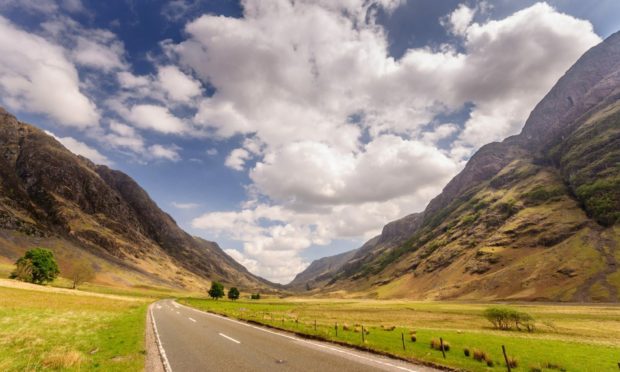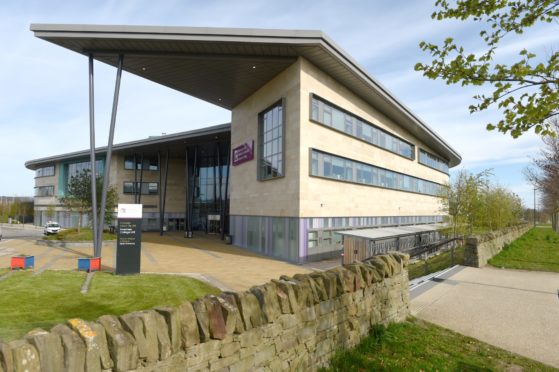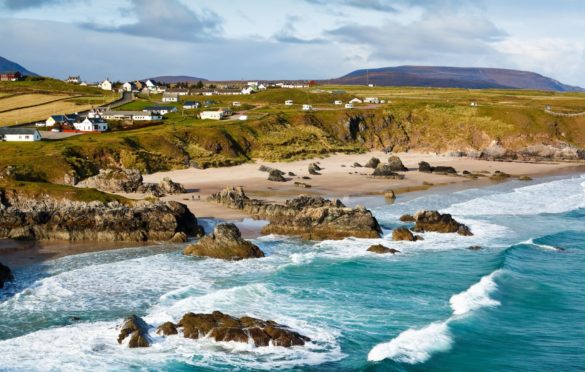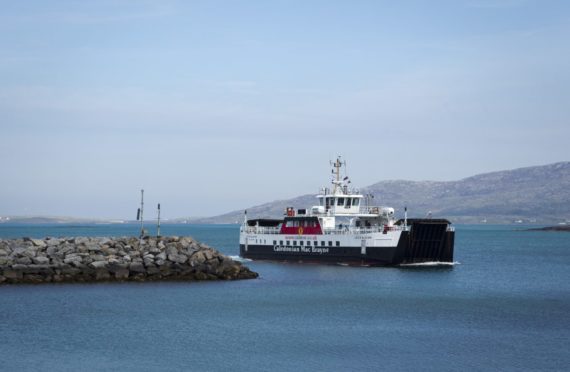On a ferry across the Minch, a Highlander explains why he is not voting yes in the devolution vote of 1979.
You see, he says, politicians in London aren’t bothered by us, but folk in Edinburgh hate us.
I had come to think of this as an apocryphal story. On picking up Jim Hunter’s classic book The Last of the Free recently, I was reminded it is a true tale. Hunter met a man in Sutherland who expressed his fear of Edinburgh rule.
The introduction of his book goes on to ask an important question.
“But what I nowadays question more than I did – which is why I began with my Sutherland encounter all those years ago – is the notion that such self-government will, of itself, enhance the prospects of those of us living in the Highlands and Islands.”
A provocative thing to write in 1999, when the nation was delighted with its new parliament.
What has devolution done for the Highlands and Islands?
Over 20 years later, it’s still a challenging thought. What has devolution done for the Highlands and Islands?
Precious little.
Fifty years ago Highlanders were radical, now they are resigned, beaten into submission by the condescension of Holyrood
Before the 1979 vote, the issues facing the region were depopulation, lack of control over land or the Crown Estate, the decline of Gaelic and outdated roads and ferries.
Of those, things have got worse. The issues have been co-opted into Edinburgh’s rhetoric, harnessed into the other cause of Indy, and in the process neutered.
Fifty years ago Highlanders were radical, now they are resigned, beaten into submission by the condescension of Holyrood.
There has not been a major road built to the west of the Great Glen in 20 years. The transformational investments of the Skye Bridge and the island causeways pre-date devolution.
The tourism business that so depends on good roads struggles with the many pinch points, single tracks and neglected infrastructure.
While Edinburgh extends its billion pound tram line, locals on the North Coast 500 wait behind huge camper vans on a road that has not changed in a generation.
Plots now only accessible to outsiders and the rich
The supply of land for affordable housing has not improved. Plots now go for multiples of the average wage, accessible only to outsiders and the rich.
Land reform has enabled some community buyouts but the sporting estate still dominates, employing only a handful of people.
The long campaign to end the iniquity of the Crown Estate controlling the foreshore and sucking money out of local communities to be spent outwith Scotland not only continues, but has been secured in legislation by the SNP government (2018 Act).
The University of the Highlands and Islands and the Gaelic college Sabah Mor Ostaig were set up in the 1990s.
The big employers are Norwegian, who own most of the fish farms, or foreign corporations controlling the whisky business.
No comparable investment to that seen in the central belt
That said, unemployment is not high. In truth, there are jobs going begging.
Largely because the young still leave for elsewhere, and global tourism makes demands that exceed the local workforce.
But not to worry, there’s an Islands minister, and a strategic group. Inevitably, there is a plan – empowering Scotland’s Island Communities prospectus. There are initiatives and announcements galore.
In the nationalist government’s mission to centralise Scotland and impose a single narrative, it has betrayed its people
None have built a new road or housed the next generation. For all the talk, there is no comparable investment to that seen in the central belt. In fact funding from the Scottish Government has shrunk over recent years to the Islands and Highlands.
The extra 30% funding that comes to Scotland to compensate for the costs of providing to distant communities and overcoming historical neglect never gets much north of Perth.
Highlanders are less vocal than they should be
Money meant for the Highlands and Islands is used to fund central belt policies.
Highlanders are less vocal about this than they should. To complain is to play to a stereotype of the Highlands as too poor, too weak – and nobody wants to be patronised.
Yet a great injustice is at work. The Highlands and Islands sold their votes too cheaply to the SNP.
Hunter’s question remains not just pertinent, but powerfully radical. In the nationalist government’s mission to centralise Scotland and impose a single narrative, it has betrayed its people.
My misremembered tale on the ferry was obviously fiction. It took place on a functioning CalMac vessel.
If you need no other example of how the land to the west and north had been humoured into accepting scraps, then look at the ferries.
The Scottish Government wanted the glory of keeping a shipyard open while providing new ferries. When that went Titanic, they lost interest.
Unreliable transport links damaging Highlands and Islands
Now islands struggle for supplies, economies crippled by Covid-19 are further damaged by unreliable transport links. CalMac has become a failing business, a liability to the communities it serves.
❌ RED #Mallaig #Lochboisdale 22Jul Due to the ongoing technical issue this service has been cancelled. We are looking at alternative options and will update with more information as soon as possible.
— CalMac Service Info (@CalMac_Updates) July 21, 2021
Imagine the equivalent disruption happening on the M8, or the Queensferry crossing. There would be outrage, inquiries and urgent action.
But instead it is the Highlands and Islands, represented by MPs and MSPs who dare not challenge Sturgeon. A political establishment sworn to the oath that power coming to Edinburgh “will, of itself, enhance the prospects”, to use Jim Hunter’s words.
Yet blind to the fact that power has come, and there’s precious little sign of its benefits to the north and west.













